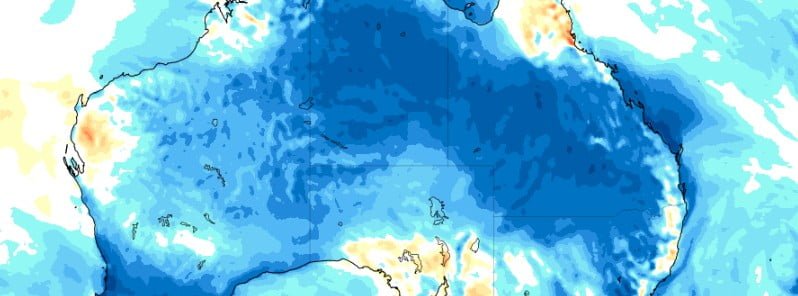Coldest May in years sweeps across Australia, straying from predictions

May 2023 saw an unseasonably cold spell across Australia with over 100 weather stations registering record-breaking minimum temperatures for the month, contradicting the Bureau of Meteorology’s predictions for a warmer and drier May.
The month of May 2023 was marked by an unusual chill across Australia, as over 100 weather stations reported record-breaking minimum temperatures, a departure from the Bureau of Meteorology’s expectations of a warmer and drier month. The month was characterized by frequent frosts, occasional snowfall, and below-average rainfall.
In contrast to the warmer and wetter end of Autumn experienced in recent years, the climate this year significantly deviated from the norm. Areas as far north as tropical Queensland and the Northern Territory experienced unusual frosts, while several snowfalls were reported in the southeast ranges through May.
According to ABC meteorologist Tom Saunders, Sydney experienced its coldest May in 53 years, with the mean temperature—a measure of all minimum and maximum temperatures—settling at 15 °C (59 °F). This temperature hasn’t been this low since 1970. Moreover, the average minimum temperature in the city plunged to 10 °C (50 °F), a notable decline from the long-term average of 11.6 °C (52.9 °F). The ABC reports that this was Sydney’s coldest May since 1957.
Melbourne, while also experiencing colder weather than in recent years, maintained temperatures closer to its 170-year average, with the city’s mean temperature hovering just over 13 °C (55.4 °F).
Brisbane’s May was the coldest in 29 years, particularly during the night times, with temperatures dropping to an average low of 11.8 °C (52.2 °F), nearly 2 °C (3.6 °F) below the average. Canberra also experienced chilling night-time temperatures, averaging only 0.5 °C (32.9 °F) — approximately 2.5 °C (4.5 °F) below normal. Canberra’s mean temperature was the lowest in 11 years, sitting at 7.8 °C (46 °F), and the city noted 18 minimums below freezing point.
Darwin’s nights were also colder than usual, the coldest in 12 years, with an average temperature of 20.8 °C (69.4 °F), more than 1 °C (1.8 °F) below the average of 22.2 °C (71.9 °F).
Perth and Adelaide experienced slightly below-average temperatures, the coldest in three years, while Hobart’s May weather was predominantly average.
While the capital cities endured unusually low temperatures, the drop in the Australian outback was more drastic, with minimum temperatures falling between 5 and 10 °C (9 – 18 °F) below average.
References:
1 Australia has frozen through one of its coldest May Autumns on record – ABC – May 31, 2023
Featured image credit: GFS/Tropical Tidbits

Commenting rules and guidelines
We value the thoughts and opinions of our readers and welcome healthy discussions on our website. In order to maintain a respectful and positive community, we ask that all commenters follow these rules.